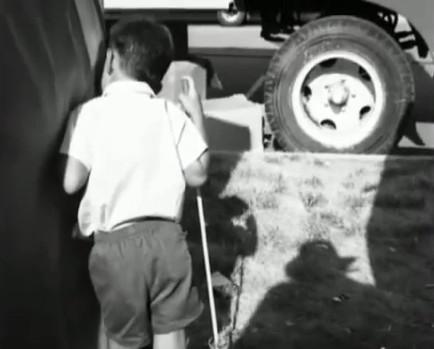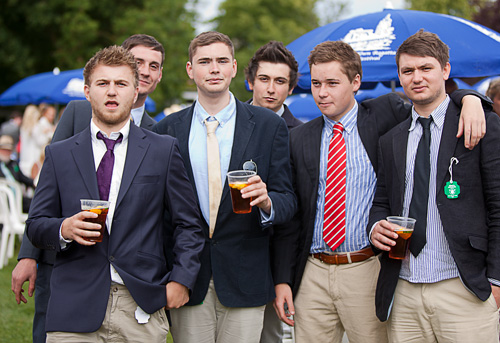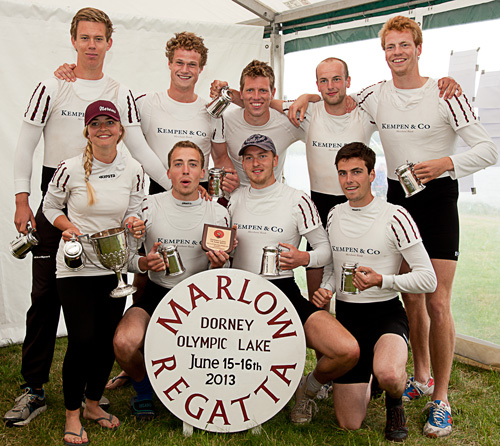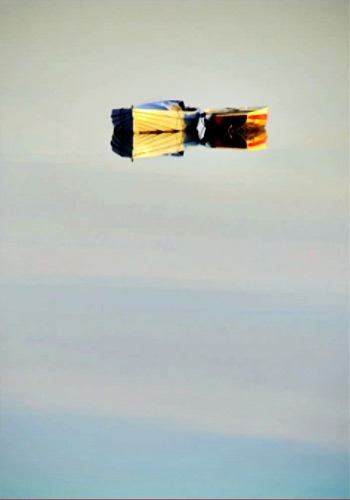
Vivian Maier – Outstanding street photographer 1926-2009
A new documentary reveals Vivian Maier.
A new documentary has been shown on British television. It tells the tale of Vivian Maier. A lonely nanny, she spent most of her career photographically documenting the streets of Chicago in her spare time. She was unsung as a photographer, unknown to almost everyone, unrecognised as an artist. She died as a virtual pauper in 2009.
Within a short time of her death the most astonishing hoard of photographs was revealed. Her belongings had been sold off at an auction. The chance find by a keen photographer revealed the work and fortunately made the find public. With the most detailed care and exquisite vision she pictured her subjects with both passion and journalistic fervour. She pictured some of the most painful poverty and opulent richness of Chicago in the 1960’s and 1970’s as well other places in her travels.
Now her photographs are selling for thousands of dollars a piece. This new BBC documentary showcases her insight and some of the more interesting photographs from her fascinating body of work. It also tries to get an in side look at her life – a secretive and largely unknown story which few people were involved in.
With over one hundred thousand photographs in the collection it is an incredible find. Almost a complete record of her work is available. She showed her work to very few people. Most of the shots were never printed.
The enigma that Vivian Maier represented is almost the same clichéd story of the pauper artist of previous centuries. Unrecognised until long decades after their deaths these artists often represented important interpretations of their eras. And so it has proven to be with the work of Vivian Maier.
She had little family, very few friends and only the contacts made through the jobs she held as a nanny. She was largely unschooled and a European immigrant to the USA. Yet with extraordinary wit and dedication she taught herself English apparently through going to the movies and the theatre and mixing with people. She also appears to have taught herself photography – there is no record of a photographic education.
The amazing thing about Vivian Maier was her dedication to the task. The BBC documentary chronicles her life – what’s known of it. But it also raises a lot of questions about what motivated her. Clearly she was a lonely person. Obviously she loved photography and the streets of Chicago where she spent most of her life. Beyond that we know little.
She had the most incisive skill with a camera and great insight as an observer of people. She went everywhere with her equipment, obsessively capturing everything in which she saw meaning. Her main interest was in the people she met – her qualifications for undertaking the work were non-existent. Yet over the period of fourty years she proved herself to be a great artist.
Hit rate
Many of todays digital photographers don’t realise what really lies behind a body of work. According to the academics examining Maier’s work she had an excellent hit rate. One very famous photographer once said…
Twelve significant photographs in any one year is a good crop.
Ansel Adams
…yet Vivian Maier apparently managed many, many thousands of high quality pictures on her large format Rolliflex ![]() camera.
camera.
There is something interesting about Maiers hit rate, dedication to photography and the detail of her work. It says a lot about her as an artist. Artists spend years learning, experimenting and often apprenticed to other artists before their work begins to mature. But their dedication is by necessity, absolute. And, their progress and interests can be charted by the type of work they produce and how it varies and changes focus during their careers.
The character of an amateur body of work
Amateurs by contrast to professional artists have much more spotty bodies of work. They do not have time to dedicate to devoted study and development. Years of experimentation and concentration on particular aspects of their work is not possible. Family life, work, the simple needs of normal life reduce the amount of work a typical amateur can put into developing as an artist. Typically amateurs tend to be more erratic in their interests, or they concentrate most of their work on one focal interest.
Vivian Maier apparently dedicated pretty much all her personal time and a good proportion of her work time as a nanny to her photography. As a result her achievement is similar to a professional artist. Her work is of a similar standard too. Her work appears to exhibit a gradual and focused experimentation and development much like a professional artist.
Dedication and concentration
A large proportion of Vivian Maiers work is still unprinted. Most of it is still unseen by the public at large. We clearly have a lot more to see and to learn about her. Most of her life is a mystery, much of her story untold.
One thing is clear. For someone who was clearly a very talented street photographer she had a lot to teach photography learners about concentrated dedication to the things that interest us. If we really want to get to the bottom of what interests us as artists, we photographers need to be pretty single minded.
Have fun with your photography, but remember, the way to reveal real truths, like street photography, requires some pretty deep interpretation.
How to see the documentary
For those of you who have access to the BBC iPlayer you can still see the full Vivian Maier documentary for the next few weeks from the Home page for the “imagine” series of arts documentaries ![]() (posted 05/07/2013).
(posted 05/07/2013).
Update: This documentary has now been taken down from the BBC site. However the link above now goes to the “Imagine” series website so you can see what is coming up and some past episodes are sometimes available on BBC iPlayer.
Other useful Vivian Maier resources
Here is a link to the BBC website where there are two clips about this documentary…
Vivian Maier: Who Took Nanny’s Pictures? Clips and other information. ![]()
Want more on Vivian Maiers work on video? Here’s a Google search for YouTube videos about her…
Search YouTube for Vivian Maier Videos ![]()
Vivian Maier on Wikipedia ![]()
Vivian Maier – Her Discovered Work ![]()
Comments, additions, amendments or ideas on this article? Contact Us
Start Photokonnexion email subscription now!
Photokonnexion Photographic Glossary – Definitions and articles.
Street photography resources
Rolliflex
Vivian Maier on Wikipedia
Vivian Maier – Her Discovered Work










